Ram Nath Kovind is the current President of India. His tenure is coming to an end on July 24th. So, it’s time for a Presidential election. Under Article 62(1) of the Constitution, “an election to fill a vacancy caused by the expiration of the term of office of President shall be completed before the expiration of the term”.
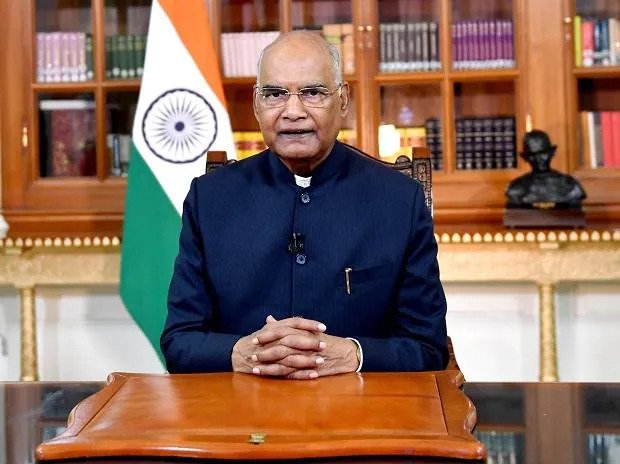
The last day to file for nomination for the forthcoming Presidential elections 2022 is 29th June, the voting will be held on 18th July, and the counting, if necessary, will be done on 21st July.
Qualifications of the President of India
So, what does it take to become the President of India? Well, the President should be –
Along with that, the nomination paper of a candidate must be signed by at least 50 eligible voters.
Where is the Presidential Election held?
Election Commission fixes a room in the Parliament House in New Delhi and a room in the Secretariat building of State Legislative Assemblies in each state and UTs for the purpose of the poll.
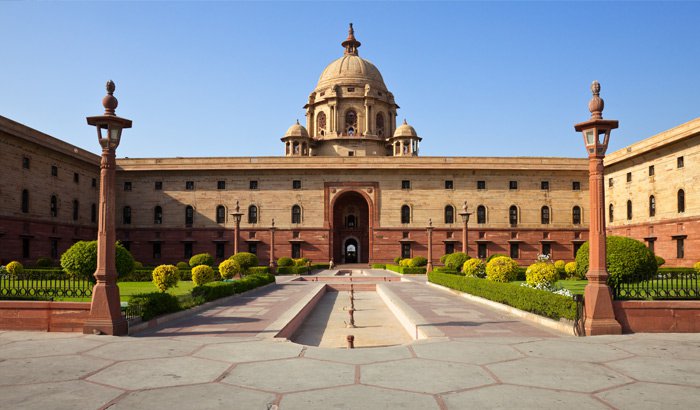
Who elects the President of India?
In India, the MPs, MLAs and members of the local bodies are elected by direct election. A direct election is when people directly vote for the candidates and elect their representatives.
The election for the President is different as it’s an indirect election. The elected members of Lok Sabha, Rajya Sabha and the Legislative Assemblies of the States & Union Territories of Delhi and Puducherry elect the President of India.
The voting is conducted by secret ballot in accordance with the system of proportional representation, and each member gets a single transferable vote. The ballot papers are printed in two colours – in green for use by Members of Parliament and in pink for use by the Members of the State Assemblies.
As part of this system, electors mark preferences against each candidate’s name. The first preference must be marked for the ballot to be valid, however, other preferences are optional.
Did you know? The vote has to be cast with a particular pen provided by the Election Commission. Voting by using any other pen leads to invalidation of vote at the time of counting.
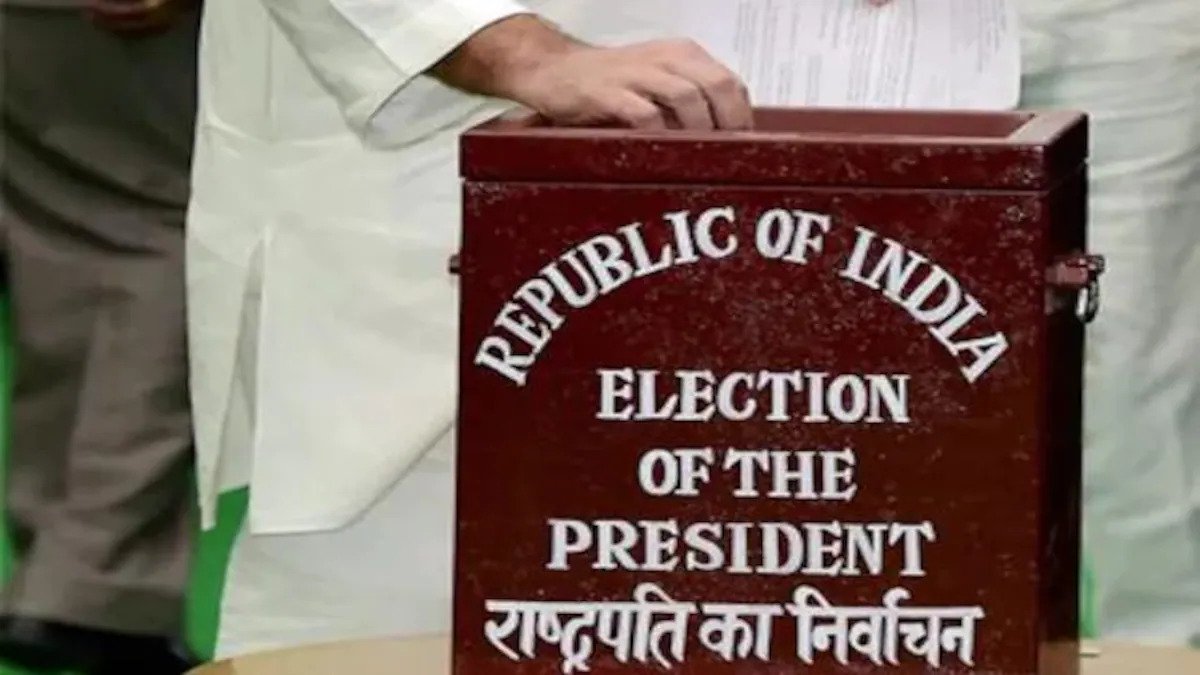
The weightage given to MPs’ and MLAs’ votes
The weightage given to the votes of the MLAs differs from state to state, depending on the population. However, the weightage given to MPs’ votes is the same. The value of the vote of each member of a state legislative assembly included in the Electoral College is calculated by dividing the population of the State concerned (as per 1971 Census) by the total number of elected members of the Assembly, and then further dividing the quotient by 1000.
Who all are running for the position right now?
Although there is still time for the nomination period to end, till now there are two candidates in the running, who will be filing their nominations soon. The presidential candidate of the ruling Bharatiya Janata Party (BJP)-led NDA is Droupadi Murmu, who will be filing her nomination on 24th June.
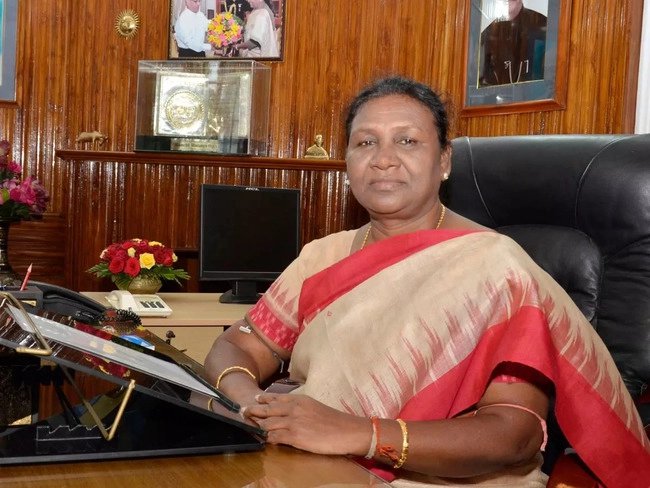
On the other hand, the opposition has picked Yashwant Sinha as their presidential candidate, who will be filing the nomination on 27th June.
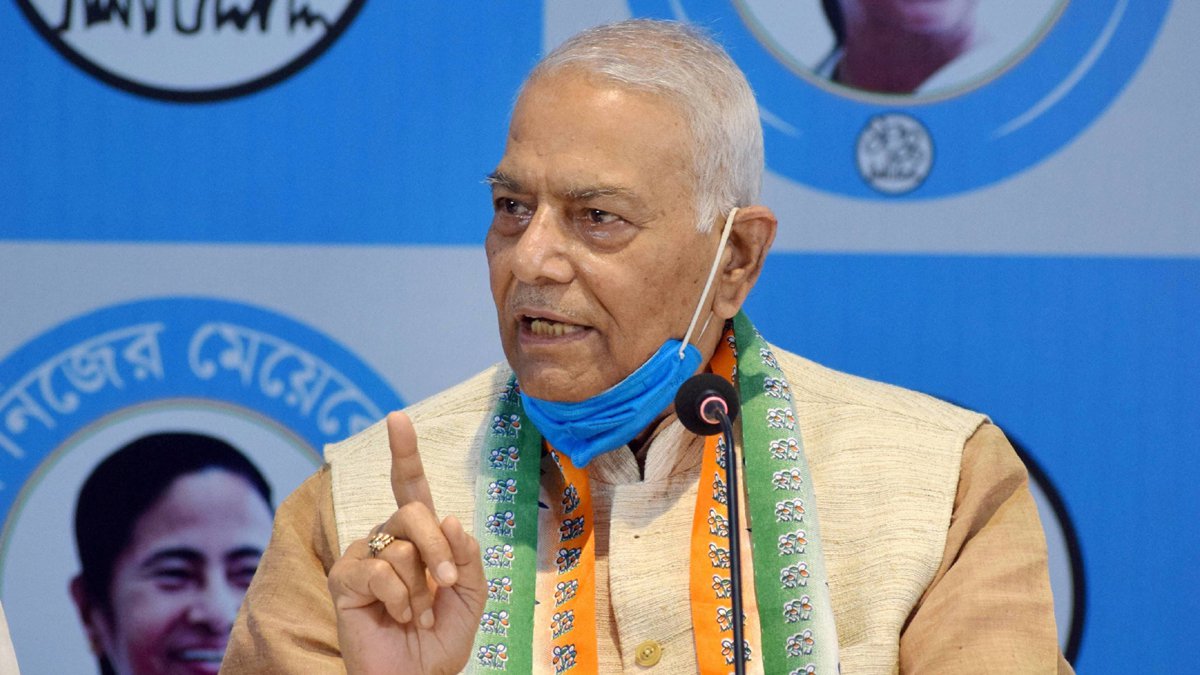
Also Read | Everything To Know About India’s First Adivasi Presidential Nominee – Droupadi Murmu

















